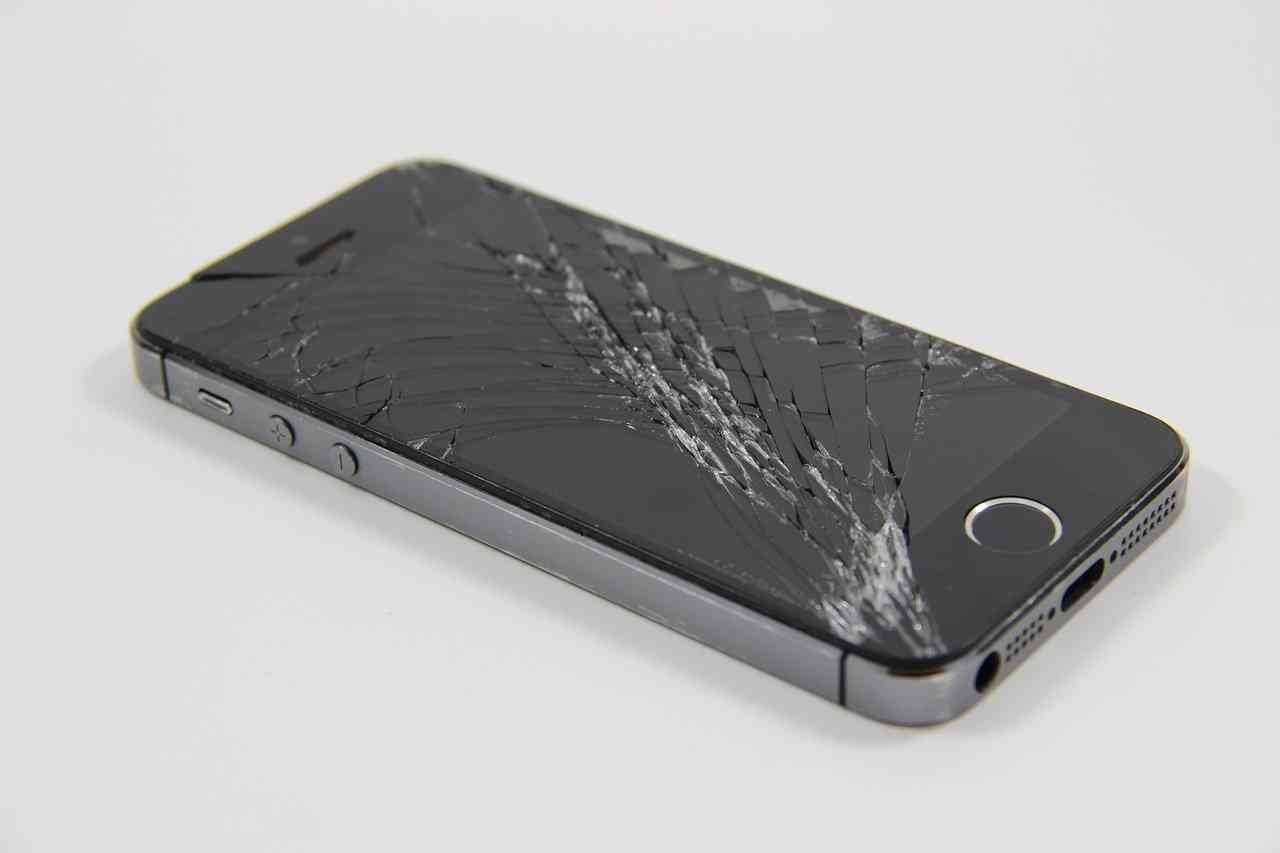Consumer electronics are getting more compact and slimmer year after year. That’s great, isn’t it, but they also come with a low repairable score. In other words, electronic repairs are now difficult and costly despite modern technological advances. Also, brands are intensionally forcing users to buy a new device. Hense “Right to Repair” movement has been started to ensure the consumer’s rights.
Every electronic segment is facing the trouble of repair in one way or the other. We mostly see this issue with smartphones, laptops, smart devices, Smart TVs, gadgets, etc. Here replacement makes more sense than any repair work.
We are paying to own the equipment, and it is our right to decide whether to repair or buy a new one.

What is “Right to Repair”
The “right to repair” movement has been started by organizations and groups. Basically, to revive all repair rights for the consumers. Brands are intentionally making products that are difficult or cannot be repaired by independent repair shops. Also, no modification or hardware swap is allowed through the non-authorised service center.
Imagine if you have a year old great working Rs 7500 ($100) smartphone, and accidentally screen broke out. What will you do? Most probably, you will go to any repair shop to repair your phone get the screen replaced.
What if the repair shop quotes you around Rs. 4000 ($55) for the repair. That too with the condition that the independent repair shop has access to the original parts. In that case, you will think of switching to a new phone.

Here, the original parts supplied by companies are expensive hence no fault of local shops. Brands are making you buy new devices unnecessarily. To prevent the consumer from this practice, the “right to repair” movement started into action.
It’s not great for our environment and pocket to replace the whole device, while most hardware parts are working fine. Brands need to understand the reduce, reuse, and recycle. Electronic repairs will significantly reduce the e-waste from our planet.
Why do we need the “Right to Repair”.
Authorised repair centres charge a large amount of money for any possible repair. Similarly, some minor repairs, like screen replacement, cost around half of the devices price, forcing users to think of buying new electronics instead of repairing old ones. And they made the repair process so difficult that not everyone can do it on their own, as was the case with early phone batteries.
Not only that, companies are even restricting the supply of spare parts in the open market. Due to that, only companies can provide the required components to an individual. In that way, companies take more control of the device we own.
Companies even make some combinations of software and hardware to lock components, not only in specific models but in the same unit. This means that despite the same model, components are restricted to switch from one unit to another.

Most modern techs are packed tightly and integrated. As a result, there is less chance of repair or modification. For instance, in some slim laptops, we can’t upgrade memory and storage just because they’re integrated into the chip.
We often spend a lot of money on smartphones and gadgets. Later we find them obsolete and unusable within a few years of use. For example, smartphone battery wears out over time, and performance becomes sluggish after a few years. Today’s batteries are not user-replaceable, make users pay a hefty amount to get replaced or think of buying a new device.
What is Planned Obsolescence
Another big problem is Planned obsolescence. Companies are making devices slow by reducing performance while software updates. That encourage users to buy a new product every few years and contribute to e-waste with the old one. And some devices are made of fragile and irreparable components that reduce life or last for a specific amount of time.
Companies are practising Planned obsolescence for a long time to boost the sale. In this way, they are launching more and more devices every year and selling them. Profitable for a manufacturer, brand, seller but loss of customers.
Apple often used to slow its iPhone before or after the launch of new iPhones. Fortunately, after the news broke, they shared some details of their Planned obsolescence. Not only Apple but every brand is trying out some way of Planned obsolescence techniques.

Planned obsolescence is everywhere from electric bulbs to home appliances, automobiles, etc. Also, we know that electronic’s life degrades over time. But killing it within a few years is a bit concern. And it does not matter how expensive your device is.
In short, companies are artificially injecting a slow poison to kill the devices.
What Brands think
Companies, including Amazon, Apple, Microsoft, and Tesla, are not favouring the “right to repair” movement. They have concerns about safety, intellectual property (IP) rights, etc. And also don’t want to share the official repair documentation, sensitive diagnostic information and software with everyone.
We can’t deny some points as they are kind of important for the company and consumers. Safety in particular, if every repair shop has access to documentation and an accident occurred during or after the repair, is bad for brand image.
The use of duplicate components may increase, which will not perform as the original component but also ruin the customer experience. Moreover, the chance of copy product increase as more product details are out.
Tesla is no exception toward the right to repair. Elon Musk is worried about the device’s cyber security threat.
Overall, device security will be at risk. Of course, the companies are also thinking of making more money.
Laws in Other Country
As of now, no proper and strict law is in action anywhere that covers all electronic devices. More than 32 U.S. states have proposed the right-to-repair act, while only Massachusetts has passed a law.
The U.K., in 2021, implemented the “right to repair” law in the electronic segment. However, the law is not covering all electronic goods, especially smartphones, laptops, etc. Items mainly covered are home appliances like refrigerators, washing machines, dishwashers, televisions, etc. The law strictly says that the consumers would get spare parts for any repair.
Conclusion
The “right to repair” is not a new law we need today. The automobile industry is already following the repair policies for a long time. For that reason, we can easily repair any motor vehicle. The replacement parts are also available in the market. And third party repair shops can also play with the cars with no restrictions.
Imagine if the automobile company asked to buy a new car after two years of the purchase. Like, we can’t repair it anymore, or the repairing cost will match the new car cost. I know it will be a nightmare for any car owner.
We understand that modern technology consists of more complex designs and components. Various components are getting smaller over time, resulting in a more compact device. We are not telling companies to go back to the stone age. But at least they can provide a possible repair solution if the user wants it, that too at a reasonable cost.
Companies, government and independent repair shops should work together on this while protecting consumer rights. Companies concerns are also valid.
To repair the device is our right and every company should provide it. Either set up low cost authorised service centers or provide access to third-party repair shops. Importantly, the spare parts must be available always to extend the device life.
Taking serious steps on this topic will improve the customer relationship with companies.
Linus Tech Tips, Louis Rossmann, MKBHD have made a wonderful video on this. You also get information on the Wikipedia page of Electronic right to repair.
